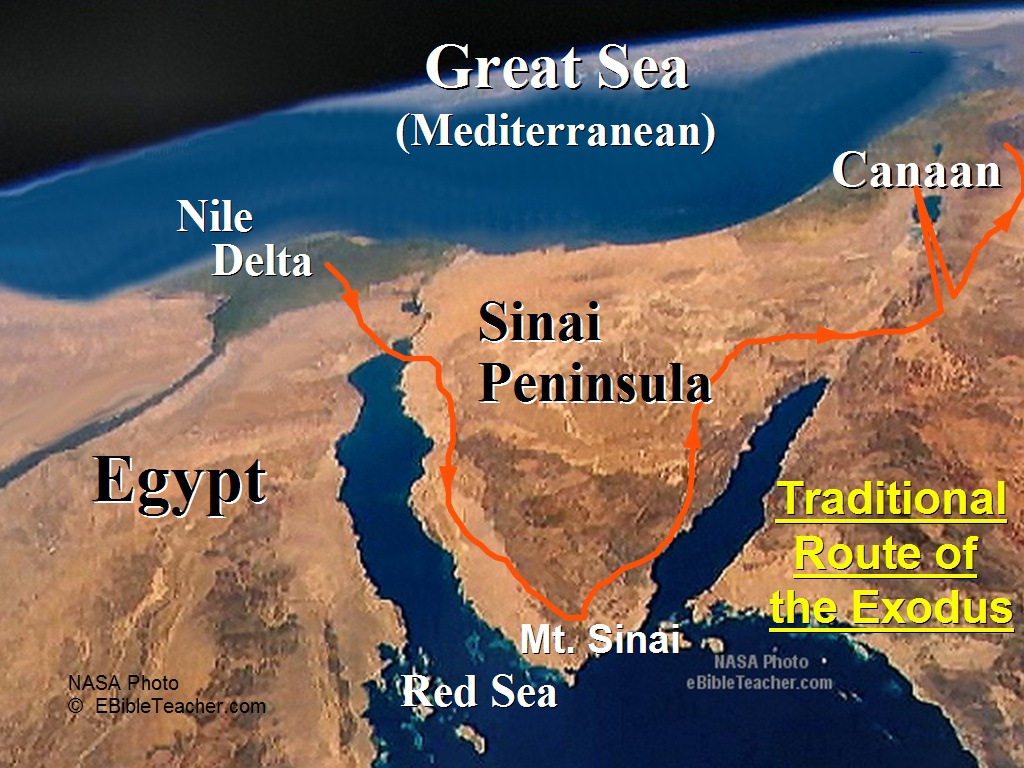 The Bible describes the place-names and geography of the route that Israel took from Egypt to the plains of Moab, across from the city of Jericho, during the 40 years in the wilderness. So why is it that archaeologists and biblical scholars cannot agree on the exact route that was taken?
The Bible describes the place-names and geography of the route that Israel took from Egypt to the plains of Moab, across from the city of Jericho, during the 40 years in the wilderness. So why is it that archaeologists and biblical scholars cannot agree on the exact route that was taken?
Gordon Wenham, in his commentary Numbers, summarizes the problems that scholars face. Even though we have plenty of place-names in the Bible,
place-names survive only if there is a continuity of settlement at the places concerned. Even then there may be changes of name for social, political or religious reasons (e.g. 32:38; Gen. 28:19; Judg. 18:29). And if a name has survived from biblical times to the present, it can often have become attached to a different place.
Old Testament Jericho is now called Tell es-Sultan: the name Jericho survives in the Arab town (er-Riḥa), not far from the ancient mound. But in the case of Arad and Heshbon (Num. 21:1, 26) there are no remains of the conquest period at the modern sites bearing these names, and it looks as though the biblical sites must have been elsewhere.
In the wilderness the problems are compounded. The inhabitants have been fewer and more mobile and there is very little assurance of the biblical names having been preserved at all, let alone always attached to the correct site. And there is always the suspicion that when a biblical-sounding name is found, it may not rest on ancient tradition but have been coined by a local trying to help a pilgrim searching for the holy sites.
The fact that we have these problems does not stop scholars from looking for new archaeological evidence and from proposing new theories about the exodus route. But, in the end we must concede that we may never know where the “Israelites crossed the Red Sea, received the law, or ate the manna.”
Wenham puts this in perspective for us when he explains that
from a theological point of view, this uncertainty is of no greater moment than that surrounding the site of Calvary or the ascension. That these things happened is vital: to know where they occurred may provide food for thought, but is not of the essence of our faith.